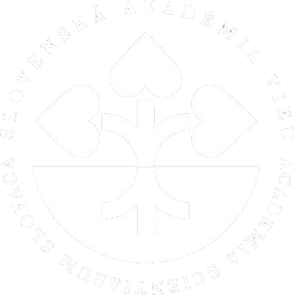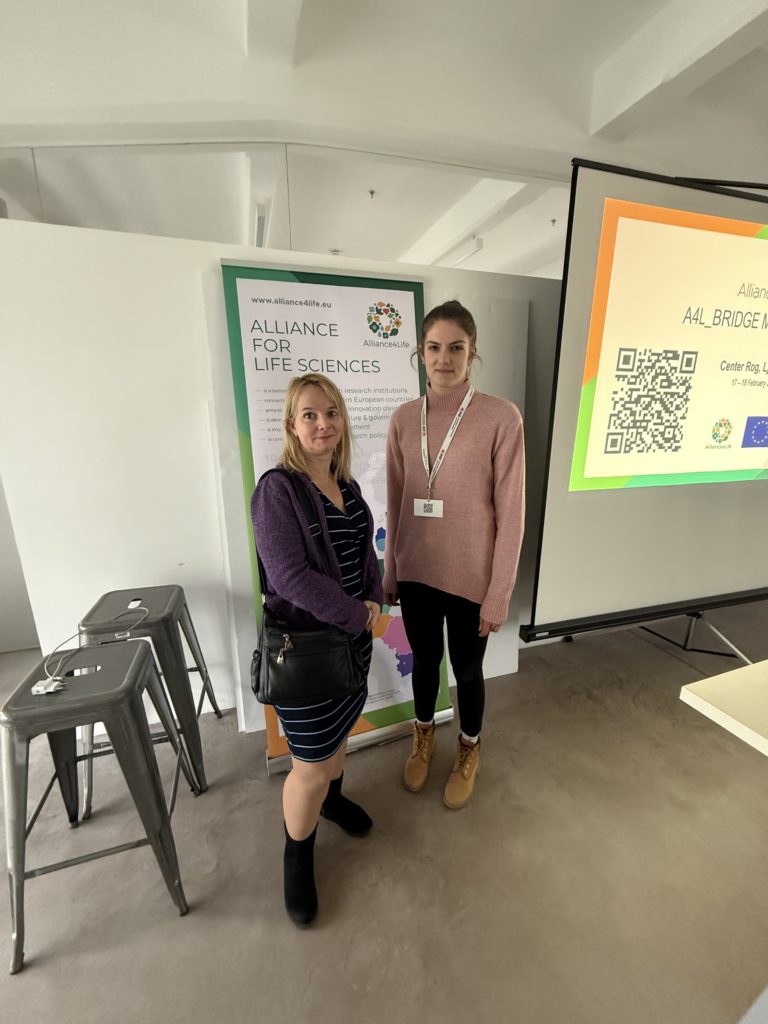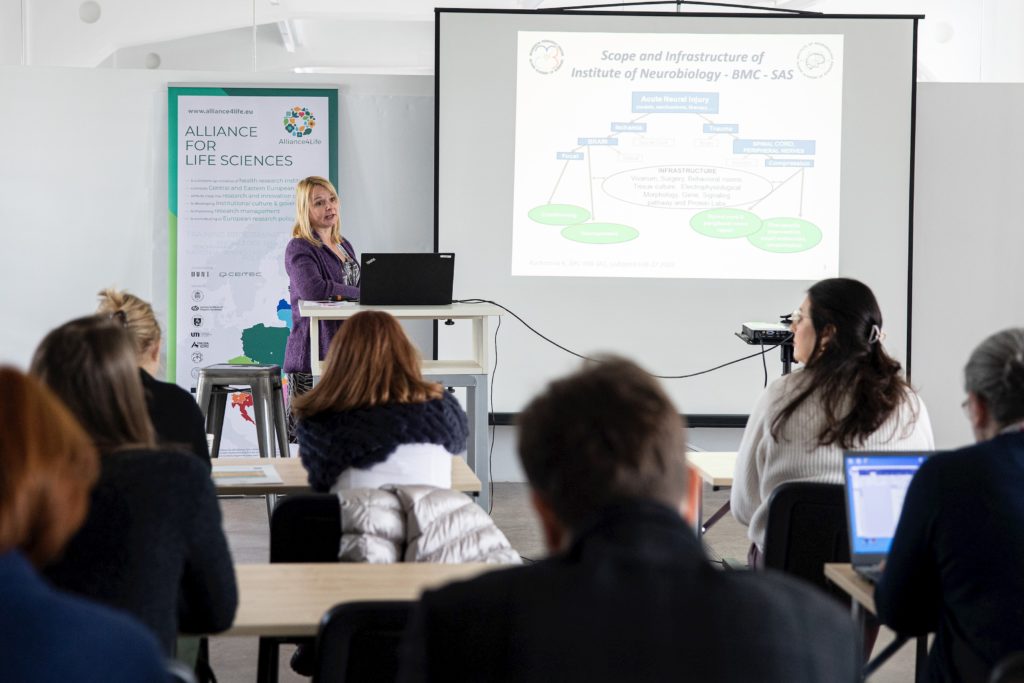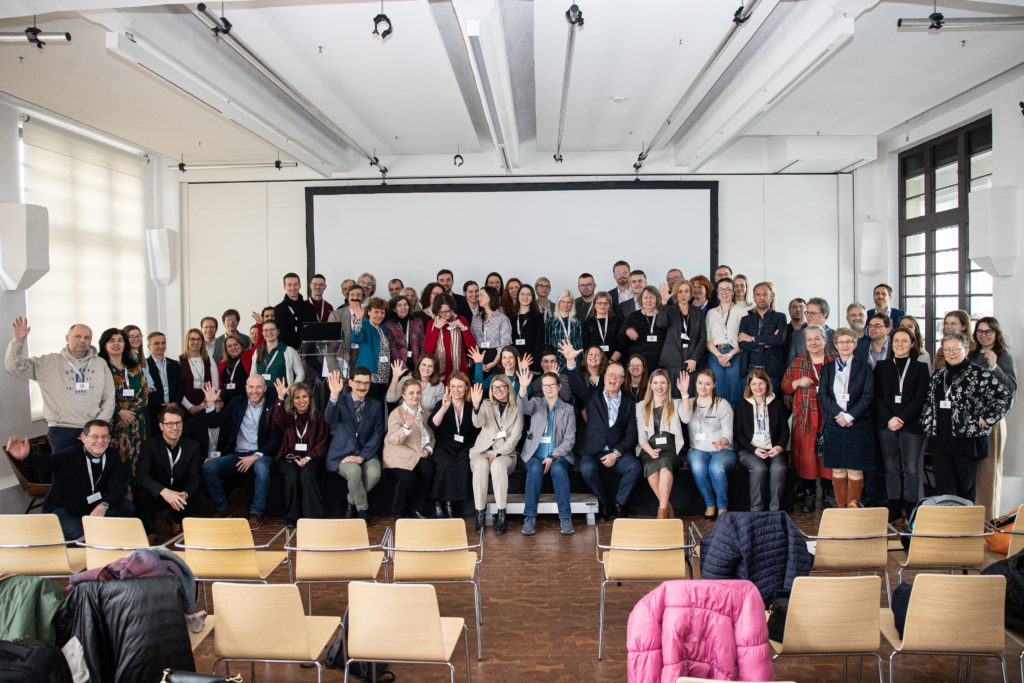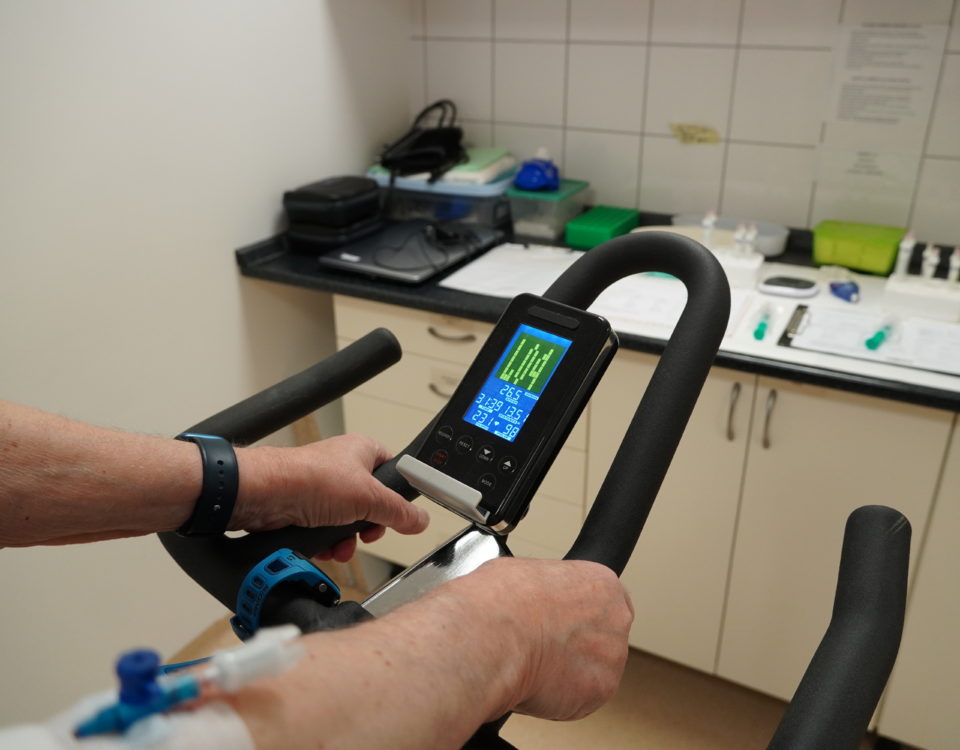This website uses cookies so that we can provide you with the best user experience possible. Cookie information is stored in your browser and performs functions such as recognising you when you return to our website and helping our team to understand which sections of the website you find most interesting and useful.
Alliance4Life meeting brought together life sciences experts from Central and Eastern Europe
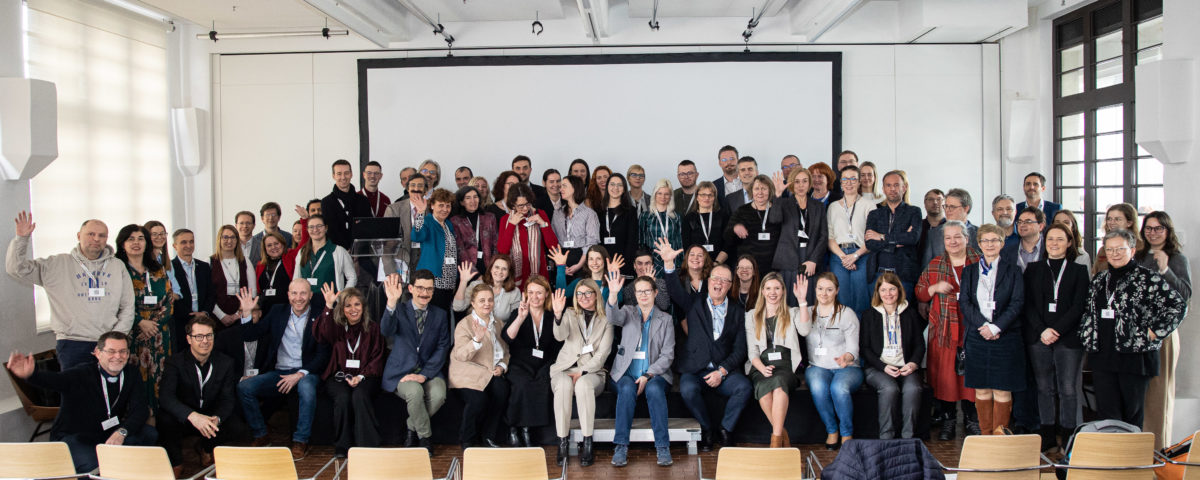
The objective of the Alliance4Life meeting was to strengthen collaboration, assess project progress, and navigate the future of research excellence.
On February 18-19, 2025, the Alliance4Life (A4L) community, which aims to increase the competitiveness and innovativeness of health research in our region and of which the Biomedical Research Center of the Slovak Academy of Sciences is a member, gathered in Ljubljana, Slovenia. The inspiring two-day meeting set the direction for the next phase of the A4L_BRIDGE project. Hosted at the Center ROG by the University of Ljubljana, the event brought together experts, researchers, and institutional leaders from across Central and Eastern Europe (CEE) to strengthen collaboration, assess project progress, and navigate the future of research excellence.
The opening speech was delivered by Ester Jarour, who has been leading Alliance4Life since January 2024, ensuring that the alliance, which brings together 12 institutions from 11 countries, continues to grow, strengthen collaboration among its members, and drive institutional change across the CEE region.
At the meeting we discussed how to enhance research culture, mentorship, collaboration, and the use of technology and data to drive institutional excellence across the region.
Research Culture
One of the key discussions of the meeting centered around research culture and how institutions can create an environment that fosters excellence, transparency, and collaboration. Nikola Kostlánová and Eliška Handlířová from CEITEC Masaryk University set the tone for this discussion.
To put it in a nutshell, supportive and structured evaluation culture, effective HR management, and sustainable research practices are the key.
The International Scientific Advisory Board (ISAB) is helping institutions assess their research performance through external evaluations. Some organizations within the alliance have already embraced this process.
The discussion focused also on best practices in hiring, leadership, diversity, and talent retention, emphasizing that the HR Award process has become a critical framework for improving working conditions within research institutions.
Sustainability was another major theme. Every research institution today must consider how to minimize its environmental footprint, and Green Lab Strategies play a crucial role in achieving that goal. The sustainability officers ensure that research institutions adopt environmentally friendly practices, making laboratories more efficient, reducing waste, and promoting responsible resource management.
New web platform and mentorship
Newly redesigned web platform developed under the leadership of CEITEC Masaryk University serves as the central communication hub for project partners, ensuring seamless coordination across institutions. It provides a structured space where researchers, administrators, and institutional leaders can stay informed about ongoing activities, access key documents, and collaborate more effectively. Beyond internal communication, the website is also the bridge that connects Alliance4Life with the outside world.
Moreover, Filip Sedlic from the University of Zagreb School of Medicine, introduced a structured mentorship model designed to ensure that senior researchers support and guide PhD candidates and junior scientists as they navigate their academic careers.
Mentorship, however, is not just about guidance – it is about creating a culture of knowledge-sharing, professional development, and academic integrity. The new mentorship model will foster relationships that go beyond individual projects, building a stronger and more resilient research workforce across the Alliance.
Joint Research
Sergej Pirkmajer from the University of Ljubljana presented the strengthening of scientific collaboration through the establishment of the Virtual Research Center (VRC) – a space where institutions can align their research efforts, share expertise, and work together toward common scientific goals.
The VRC is designed to function as an interactive hub, eliminating redundancy, fostering collaboration, and ensuring resource-sharing. Beyond its internal coordination, the VRC will extend its reach to external stakeholders, mapping patient associations, research networks, and industry collaborators to ensure that scientific discoveries address real-world needs.
The VRC was officially launched during the Alliance4Life Mini-Conference, held in Ljubljana on February 17–18, 2025. This event brought together leading scientists from across Central and Eastern Europe for two days of engaging discussions, networking, and cutting-edge research presentations.
The Biomedical Research Center was represented by Lívia Petrisková from the Laboratory of Cellular and Molecular Metabolism and Karolína Kucharová from the Institute of Neurobiology.
Lívia Petrisková talked about the multi-omics analysis they used to identify new substances with the potential to activate adipose tissue. Karolína Kucharová presented the therapies they use after traumatic spinal cord injury, including promising recent results using the antioxidant Carnosine.
Data for Future Research
Modern scientific institutions depend on data to guide research and innovation. However, data access in CEE remains fragmented and inconsistent, limiting the ability of institutions to fully leverage clinical research and technological advancements.
Michal Janota from ICRC, is heading the work group to tackle this challenge head-on by introducing the Data Availability Map – a comprehensive tool to assess how institutions access, manage, and share clinical data. By identifying gaps in data availability, as well as the legal and technical barriers that hinder research, the initiative is working to pave the way for AI-powered health research and prepare institutions for Horizon Europe HEALTH calls.
Beyond mapping availability, this work package also aims to foster a culture of responsible data sharing and compliance with FAIR principles.
Technology Transfer and Looking Ahead
Next topic was introduced by Kinga Zel from the Medical University of Lodz, specifically technology transfer opportunities, ensuring that research findings can reach industry partners, biotech companies, and start-ups where they can have real-world applications.
The initiative includes mapping internal expertise, training researchers in technology transfer, and identifying valuable research assets that could be leveraged for collaboration.
A publicly accessible database of unique research assets will be created, allowing potential industry partners to easily explore opportunities for licensing, commercialization, and partnerships. In addition, the team will work on mapping potential partners, including biotech firms, clinical trial units, and start-ups.
The Alliance4Life Community Meeting 2025 reaffirmed the collective strength of the alliance and the commitment of its members to driving institutional change, fostering collaboration, and unlocking new scientific opportunities.
The board members concluded that the project is being implemented in accordance with the project plan and remains fully aligned with the funding body’s requirements.
Text: E. Jarour, Alliance4Life; E. Rybárová, BMC SAS
Foto: Katja Kodba, Alliance4Life; archive of L. Petrisková, BMC SAS
- Lívia Petrisková (right) and Karolína Kuchárová represented BMC SAS at the mini-conference in Ljubljana.
- Karolína Kuchárová from BMC SAS presenting at the mini-conference in Ljubljana.
- The objective of the Alliance4Life meeting was to strengthen collaboration, assess project progress, and navigate the future of research excellence.





